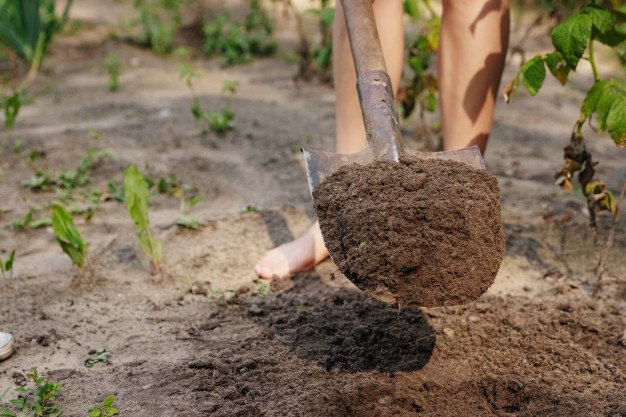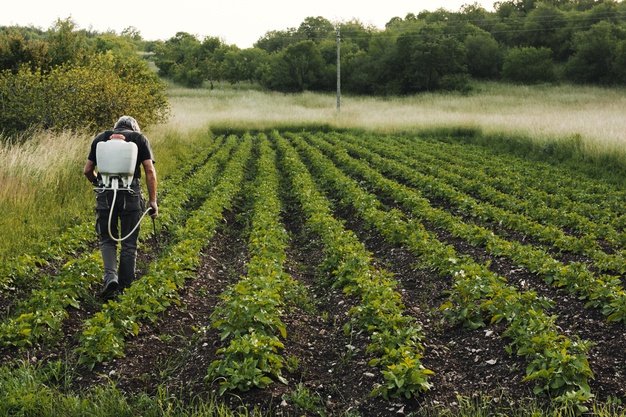When you need that unique gift for a graceful show of support to comfort a loved one in need, it can be difficult to find just the right option.
A hasty choice can inadvertently send the wrong message, and the most common option will likely get lost in the crowd. It often takes thought and compassion to find just the right choice for the occasion at hand. If this is the position you find yourself in, consider purchasing a memorial tree as a special tribute.
Comforting someone through the bereavement process is not easy. While you can find yourself at a loss for words, it can be even more difficult to know what to do during these trying times. You want to offer solace while celebrating the beautiful life that meant so much to others. The bereavement process can be one of the most difficult experiences to endure, and the comfort of those close can often help start the healing process. Purchasing a memorial tree can be a graceful gift of compassion that pays tribute to the memory of someone special for years to come.
Here’s why you should consider purchasing a live tree as a memorial tribute.
A Tangible Symbol of Life
The loss of a loved one can often leave people feeling anguished and confused as they try to deal with their grief. Trees are a tangible symbol of life, with their budding leaves and strong roots reaching deep into the earth. The symbolism is not lost on the grieving. The tree’s parallel rebirth often offers comfort and solace to those remembering the life of someone special. Planting a special tree in honor of their loved one’s memory can help start the healing process as they imagine that tree living in nature for many years.
The beauty and simplicity of nature can help alleviate the pain associated with the grieving process. Trees support life. They offer wildlife the fundamental elements needed for survival, release oxygen and support the delicate balance of the surrounding ecosystem. Planting a tree in someone’s memory is an elegant tribute that people can enjoy and take comfort in, knowing that it will be there for future generations.
Support the Environment
Planting a tree in memory of someone is a fantastic way to support the environment. Memorial trees are often planted in a National Park or Forest that has been decimated by fires or natural disasters. Not only are they naturally protected by the nature of where they are planted, but they also help replenish the environment and natural forest habitat.
Trees help rid the environment of hazardous toxins while releasing the vital oxygen we all need for survival. They also help replenish the soil of vital nutrients that is often stripped during these natural disasters. There is no better way to offer comfort and solace in someone’s memory than by replenishing the natural resources that are so desperately needed.
It takes nearly 250 trees to replenish a single acre of forest land. Not only are you revitalizing the earth’s natural resources, but you’ll also be helping to reduce a large carbon footprint. Traditional sympathy cards and flowers are not the greenest options available, especially once you calculate delivery. They may offer temporary comfort, but they do not last very long.
A Living Tribute
A memorial tree makes a living tribute to the memory of someone special. Trees can live for hundreds of years. There is some comfort in knowing that the special tree that offered solace and comfort today will be around for many future generations to enjoy. It makes a beautiful permanent reminder of the loved one whose life was so special and had such a profound effect on those around them.
Planting a tree in honor of a loved one lost represents a kind act of compassion that can help soothe mourners. You pay tribute to their life by translating their memory into something beautiful and tangible that can be enjoyed by others. Planting a tree is like a living tribute that represents beauty and strength to the rest of the world.
Consider Purchasing a Memorial Tree Today
Comprehending and navigating loss can be difficult. Sympathy cards and flowers are temporary, and they eventually serve as a difficult reminder of the loss already suffered. Planting a tree in memory of someone is a tasteful way to offer a tangible symbol of life that can help start the healing process.
It also helps support the environment while offering a living tribute to that person’s special memory. This graceful act of compassion and kindness is a tasteful way to offer solace and comfort to those enduring the pain of the grieving process. Consider purchasing your memorial tree today.
Read Also:






















